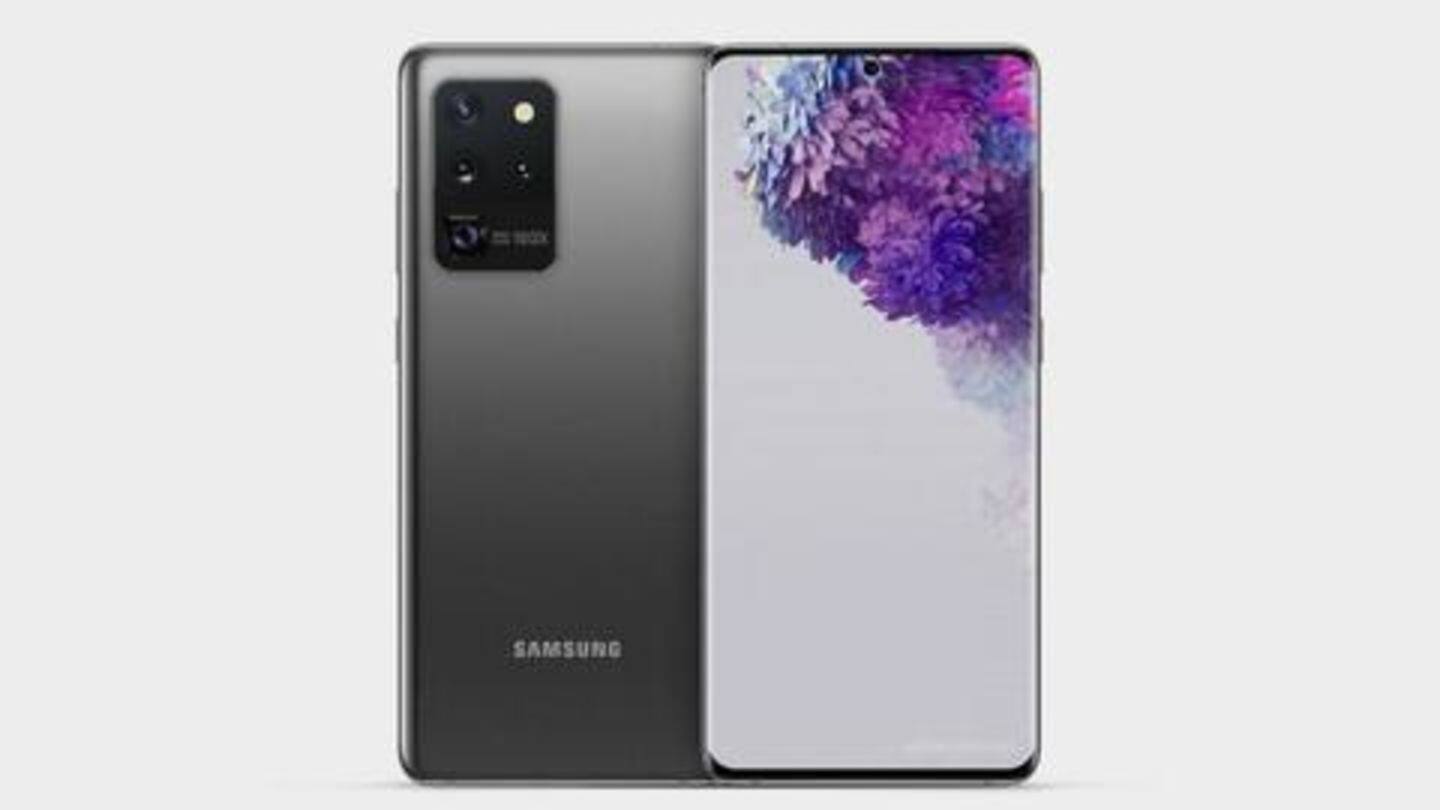
Galaxy S20 Ultra vs Pixel 4 XL: Which is better
What's the story
Samsung's spec-loaded flagship, the Galaxy S20 Ultra, has been grabbing headlines for its massive 108MP camera setup, 120Hz AMOLED screen, and top-of-the-line hardware.
But how does it compare to Google's Pixel 4 XL, the purest Android flagship which offers next-generation computational photography, speedy performance, 3D face unlock, and radar-based touch-less gestures?
Let's find out.
At a glance
Samsung Galaxy S20 Ultra vs Google Pixel 4 XL: Design
The S20 Ultra comes with a punch-hole design, featuring ultra-slim bezels, and a premium metal-glass construction. The IP68-rated build quality makes it water-resistant up to 1.5m for about 30 minutes.
In comparison, the Pixel 4 XL offers a notch-less screen with slim bezels on three sides and a rather thick top-bezel design. It also offers IP68 protection and metal-glass body.
Winner: S20 Ultra.
Display
All about the screen
The Pixel 4 XL features a 6.3-inch OLED display with a QHD+ resolution of 1440x3040 pixels, HDR support, and Ambient EQ, which adjusts screen color depending on ambient light. The display also supports a 90Hz refresh rate.
The S20 Ultra sports a 6.9-inch QHD+ AMOLED display with a 1440x3200 pixels resolution, HDR10+ certification, and a high refresh rate of 120Hz.
Winner: S20 Ultra.
Cameras
For the shutterbugs and selfie lovers
The Pixel 4 XL packs a dual-lens rear camera with a 12.2MP main sensor and a 16MP telephoto lens. For selfies, it has an 8MP camera.
The S20 Ultra, on the other hand, features a 108MP main sensor, 12MP ultra-wide-angle camera, 48MP telephoto shooter with 100x zoom, and a DepthVision sensor. On the front, there's a 40MP selfie snapper.
Winner: S20 Ultra.
Internals
Under the hood
The S20 Ultra is powered by the Snapdragon 865/Exynos 990 chipset, paired with 12GB/16GB RAM and 128GB/512GB of expandable storage. In comparison, the Pixel 4 XL is backed by the Snapdragon 855 processor, 6GB RAM, and 64GB/128GB of non-expandable storage.
The Pixel flagship runs on stock Android 10 while S20 Ultra has One UI 2 skin layered on Android 10.
Winner: S20 Ultra.
Information
However, Pixel 4 XL offers some nifty features
The Pixel 4 XL has Active Edge sensors for quickly launching Google Assistant, which is now stored locally for faster on-device processing. It also debuts a radar-based Motion Sense, which offers touch-less gestures for controlling music, calls, alarms, and other functions.
Nitty-gritty
Battery to biometrics
The S20 Ultra packs a 5,000mAh battery and supports 45W wired fast-charging, 15W wireless charging, and 9W reverse wireless charging. In comparison, the Pixel 4 XL has a 3,700mAh battery, which supports 18W wired charging and Qi-based wireless charging.
For biometric authentication, the Pixel 4 XL supports IR-based facial scanning while the Samsung heavy-weight gets an ultrasonic in-display fingerprint scanner.
Winner: S20 Ultra.
Information
Pricing: The key factor
Google's Pixel 4 XL comes at a starting price of $899 (approx. Rs. 67,000), whereas the S20 Ultra starts at Rs. 92,999. However, you won't be able to buy the Pixel flagship in India due to radar spectrum licensing issues.
Our verdict
How things stack up?
The Pixel 4 XL has some interesting features to offer, but the ugly forehead design and lack of an ultra-wide-angle camera make it outdated in 2020.
In comparison, the S20 Ultra tries to justify its eye-watering price-tag with some generous specs, including a stunning screen, high-quality cameras, snappy fast performance, and all-day battery life.
Winner: Samsung Galaxy S20 Ultra.